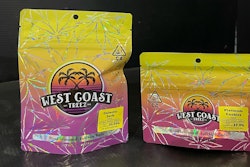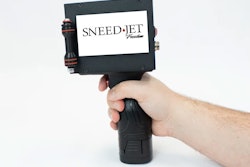For those Consumer Packaged Goods professionals who have been following the industry for the last two decades, Walmart’s recent radio-frequency identification (RFID) tagging mandates may feel a lot like déjà vu. Walmart’s history with RFID mandates dates back to 2003 when it became the first retailer to require its suppliers to apply RFID tags to cases and pallets of incoming product or to individual products, if they were of high value. Per its mandate, its top 500 suppliers were to have implemented the technology by 2006.
During that time, RFID was all the hype in industry circles. But by 2007, almost every supplier had failed to meet their deadline, and the program fizzled out due to the challenges presented by the early-stage technology and the prohibitive cost of implementation.
Fast forward 20 years, and most of the early kinks in RFID technology have been ironed out. As a result, four years ago, Walmart successfully implemented RFID tagging for apparel and accessories, and since 2022, it has been steadily adding general merchandise categories to its list of mandated products. Among them are items found in automotive, electronics, toys, sporting goods, home, entertainment, and other departments.
























